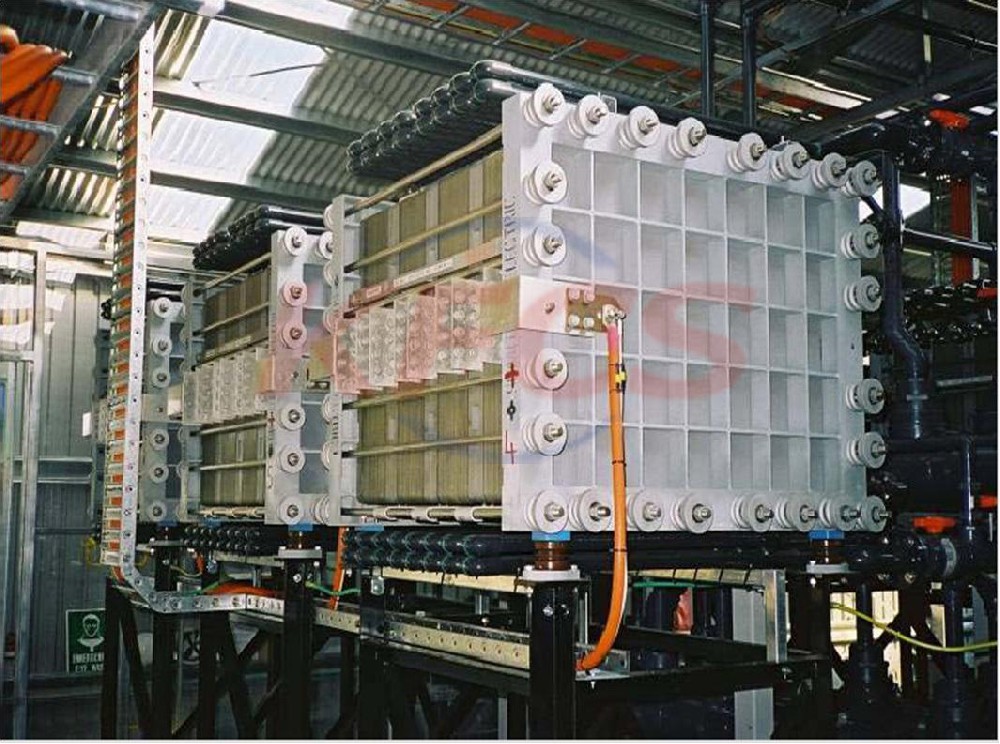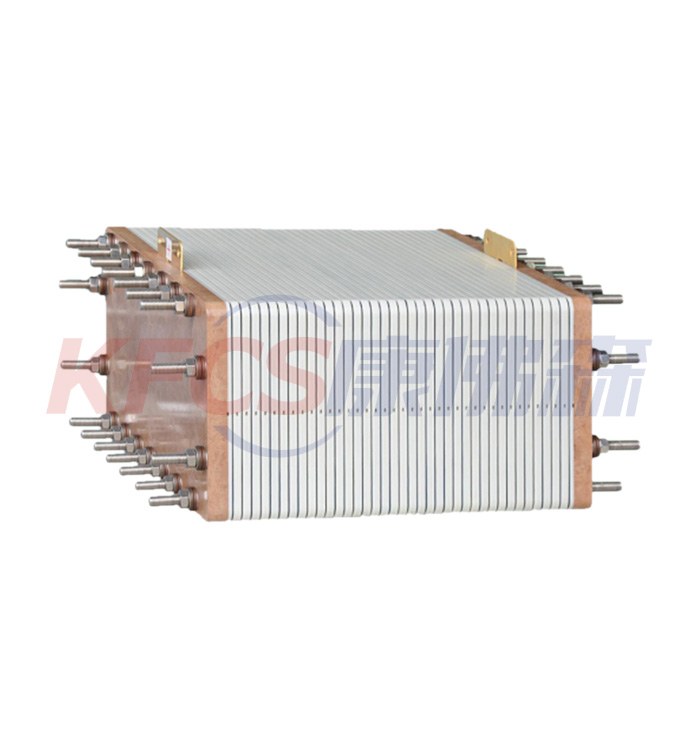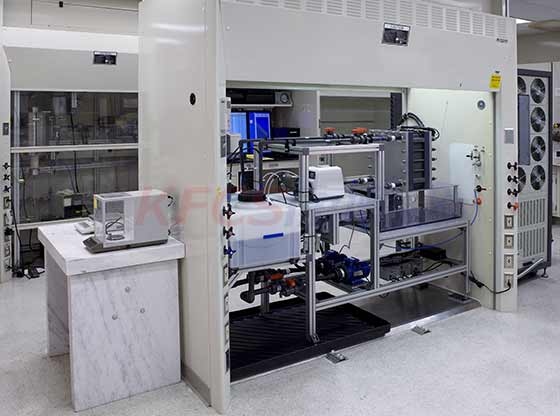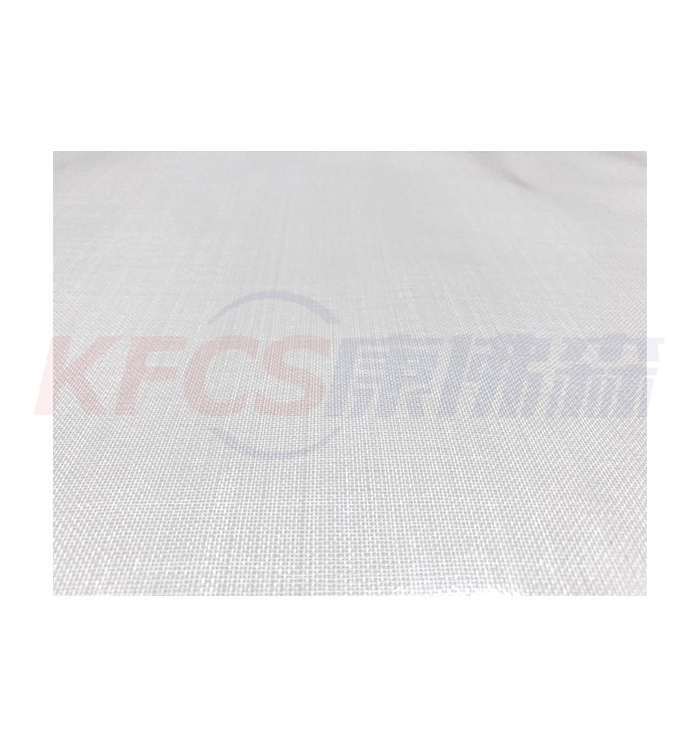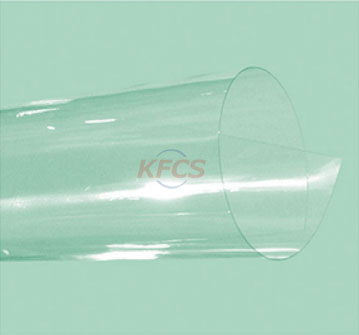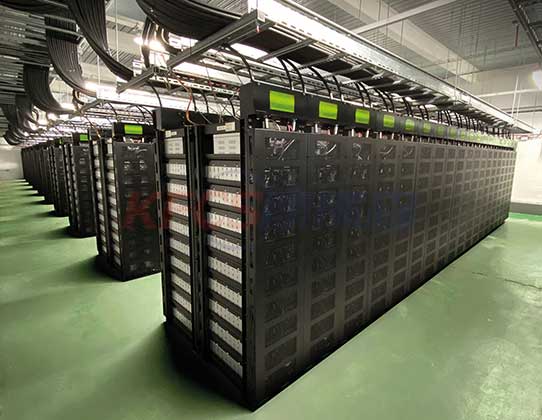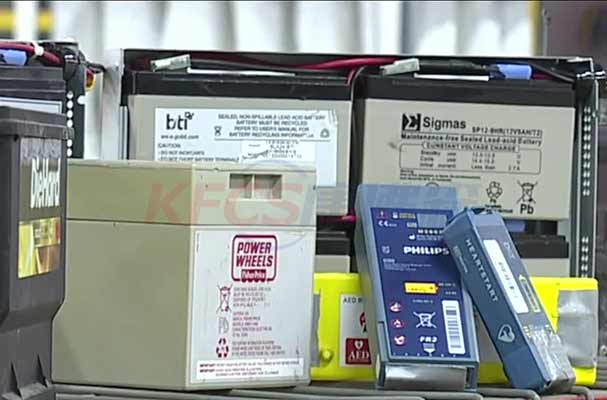Large-scale energy storage: vanadium batteries challenge the lithium battery market
2022-02-10
Large-scale energy storage: vanadium batteries challenge the lithium battery market
According to the research of a market research company, the oxidation flow battery technology (RFB, Redox Flow Battery) will begin to occupy the lithium-ion battery market in the next 10 years, and will exceed the energy storage capacity of lithium-ion batteries in 2031.
Relying on vanadium, zinc-polyiodide, polysulfide bromide or uranium electrolyte solutions in storage tanks, RFBs can store sources of renewable energy, including sunlight, wind or tides, and release them when needed.
At present, more and more countries are implementing green economic policies, and the energy scenario is changing. The role of energy storage in the process of accommodating Variable Renewable Energy (VRE) in the grid is very critical.
The power supply needs to be stable and cannot be stopped due to intermittent wind and sun. Therefore, researchers believe that RFB will appear on a large scale by the end of this decade. Once the market position of the RFB industry is stabilized, it will bring great benefits to the already well-established lithium-ion battery market. big shock.
About News
- Solar fiber optic lighting system
- Lithium iron phosphate batteries
- VFB-1KW all-vanadium flow energy storage system
- Energy storage operation and maintenance solutions
- The UK invested £ 6.7 million to support 24 innovative energy storage technology projects
- Advantages of vanadium redox battery
- American Vanadium commits to supply CellCube with 3 million liters of vanadium electrolyte per year over the next five years
- China's battery industry will express development
- Advantages of all-vanadium redox flow batteries
- Recycling of used lithium batteries helps protect the environment
Products


